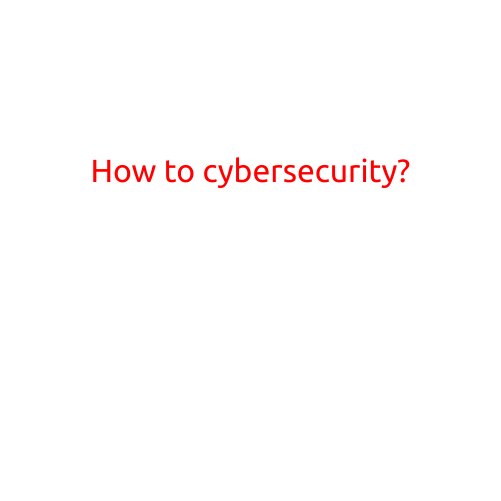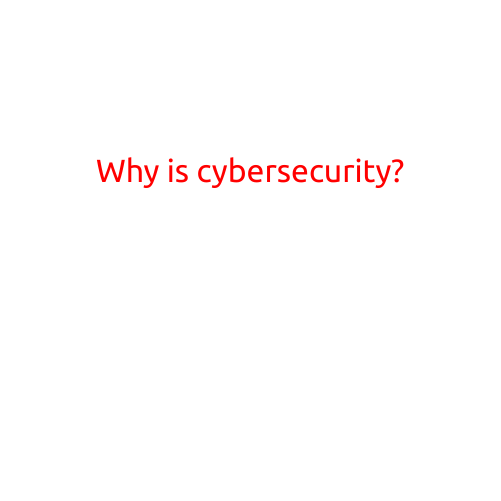
How to Cybersecurity?
In today’s digital age, cybersecurity has become an increasingly important concern for individuals, businesses, and governments alike. With the rise of cyberattacks, data breaches, and other online threats, it’s essential to take proactive measures to protect your digital assets and privacy. But what does cybersecurity entail, and how can you ensure your online presence is secure?
Understanding Cybersecurity
Cybersecurity refers to the practices and technologies designed to protect digital information and systems from unauthorized access, use, disclosure, disruption, modification, or destruction. This includes protecting against various types of cyber threats, such as malware, hacking, phishing, and Denial of Service (DoS) attacks.
The Anatomy of Cybersecurity
Cybersecurity is a multi-layered concept that involves:
- Network Security: Protecting your network and its infrastructure from unauthorized access, use, and disruption.
- Application Security: Ensuring the applications you use are secure and free from vulnerabilities.
- Data Security: Protecting sensitive data from unauthorized access, use, and disclosure.
- Endpoint Security: Securing devices and endpoints, such as laptops and smartphones, from cyber threats.
- Identity and Access Management: Managing user identities and access to systems, networks, and data.
Top Cybersecurity Tips
To ensure your online presence is secure, follow these top cybersecurity tips:
- Use Strong Passwords: Use unique and complex passwords for all accounts, and consider using a password manager.
- Keep Software Up-to-Date: Regularly update your operating system, browser, and other software to ensure you have the latest security patches.
- Use Antivirus Software: Install and regularly update antivirus software to detect and remove malware.
- Be Cautious with Emails and Attachments: Avoid opening suspicious emails and attachments, and never respond to spam or phishing emails.
- Use Two-Factor Authentication: Enable two-factor authentication (2FA) to add an extra layer of security to your online accounts.
- Regularly Back Up Data: Regularly back up your important data to prevent data loss in case of a cyberattack or system failure.
- Monitor Your Credit Report: Monitor your credit report regularly to detect any suspicious activity.
- Use a VPN: Use a virtual private network (VPN) when accessing public Wi-Fi networks.
- Avoid Public Computers: Avoid using public computers or kiosks to access sensitive information.
- Stay Informed: Stay informed about the latest cybersecurity threats and best practices to stay ahead of cybercriminals.
Conclusion
Cybersecurity is a critical aspect of our digital lives. By understanding the basics of cybersecurity and following the tips outlined above, you can significantly reduce the risk of cyber threats and protect your online presence. Remember, cybersecurity is an ongoing process that requires regular monitoring, maintenance, and updates to stay effective.





